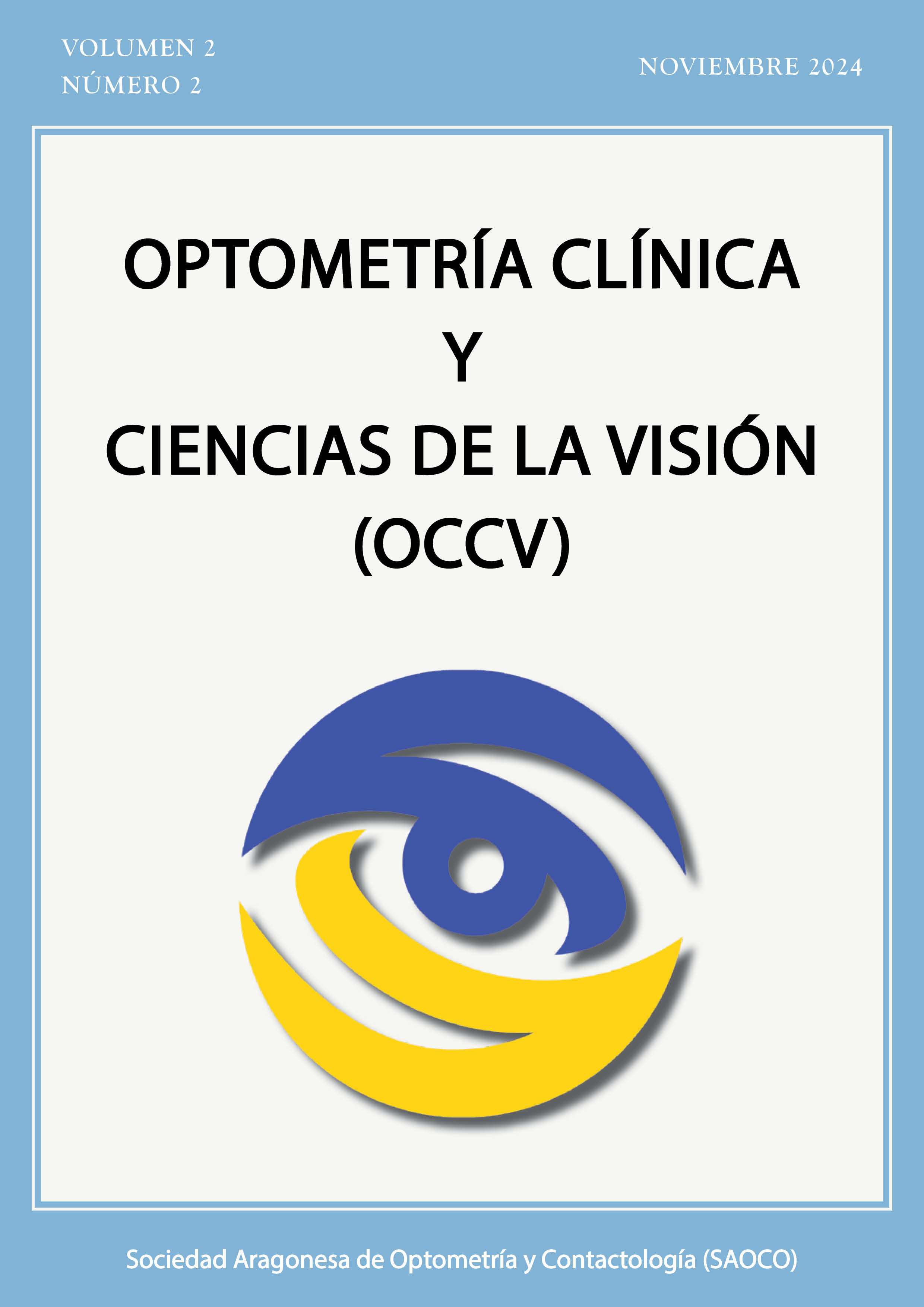Case Series: Advanced Biometric Calculation
DOI:
https://doi.org/10.71413/csn8e154Keywords:
Biometric Formulas, LASIK, Astigmatism, Arcuate Incisions, Intraocular LensAbstract
Relevance: Over the years, various mathematical models have been developed to optimize the calculation of intraocular lens power for cataract surgery. However, final refractive outcomes remain variable, especially in cases where certain ocular parameters deviate from the norm.
Purpose: Our goal is to describe different calculation methodologies that can be employed based on the patient's preoperative refractive error and surgical history, and to assess the predictive efficacy of these methods.
Case Reports: The first case involves a patient who had previously undergone myopic LASIK, for whom specific formulas such as Pearl-DGS, EVO, Barrett True K post-refractive, or the ASCRS calculator were used to determine the intraocular lens (IOL) power. All four formulas, taking pre-LASIK data into account, predicted an IOL power of +18.00D, aiming for the first negative in the spherical equivalent (SE). After implanting this lens, a residual refraction of -0.25D SE was achieved.
The second case concerns a patient with corneal astigmatism of -1.90D who was recommended femtosecond laser arcuate incisions based on the Castrop nomogram. According to this, given the patient’s age of 79 years and corneal astigmatism of -1.90D, two arcuate incisions with an arc length of 51º were made at the 86º meridian in the 8.5 mm optical zone. At the final follow-up, the patient had an SE of -0.75D.
In the third case, the patient had corneal astigmatism of -3.50D, and a toric IOL was chosen. The lens power was calculated using formulas such as Kane Toric, Barrett Toric, or the ZCT calculator (from the manufacturer). All formulas estimated a similar power of +22.00D with a cylinder of 6.00D. Post-surgery, a residual refraction of +0.25sph -0.75cyl 127º with an SE of -0.12D was obtained.
Conclusions: Thanks to the new mathematical models developed in recent years, which include critical parameters such as the power of the posterior corneal surface, pre-refractive surgery refraction and keratometry, lens thickness, and anterior chamber depth, as well as the integration of artificial intelligence into some methods, refractive surprises are becoming less frequent. However, unknown variables and others that are difficult to estimate continue to influence these results, such as the effective lens position (considered the main source of error), or alterations caused by surgery and potential complications, such as toric IOL rotation, which can significantly impact refractive outcomes.
References
Thompson J, Lakhani N. Cataracts. Prim Care. 2015 Sep 1;42(3):409–23. DOI: https://doi.org/10.1016/j.pop.2015.05.012
Lee CM, Afshari NA. The global state of cataract blindness. Curr Opin Ophthalmol. 2017 Jan;28(1):98–103. DOI: https://doi.org/10.1097/ICU.0000000000000340
Holladay JT, Musgrove KH, Prager TC, Lewis JW, Chandler TY, Ruiz RS. A three-part system for refining intraocular lens power calculations. J Cataract Refract Surg. 1988 Jan;14(1):17–24. DOI: https://doi.org/10.1016/S0886-3350(88)80059-2
Retzlaff JA, Sanders DR, Kraff MC. Development of the SRK/T intraocular lens implant power calculation formula. J Cataract Refract Surg. 1990 May;16(3):333–40. DOI: https://doi.org/10.1016/S0886-3350(13)80705-5
Hoffer KJ. The Hoffer Q formula: A comparison of theoretic and regression formulas. J Cataract Refract Surg. 1993 Nov;19(6):700–12. DOI: https://doi.org/10.1016/S0886-3350(13)80338-0
Matrix-optical Representation of Currently Used Intraocular Lens Power Formulas. Journal of Refractive Surgery. 2009 Jan;25(2):229–34. DOI: https://doi.org/10.3928/1081597X-20090201-09
Barrett GD. An improved universal theoretical formula for intraocular lens power prediction. J Cataract Refract Surg. 1993 Nov;19(6):713–20. DOI: https://doi.org/10.1016/S0886-3350(13)80339-2
Aramberri J. Intraocular lens power calculation after corneal refractive surgery: Double-K method. J Cataract Refract Surg. 2003 Nov;29(11):2063–8. DOI: https://doi.org/10.1016/S0886-3350(03)00957-X
Post Myopic LASIK Holladay IOL Consultant IOL Power Calculator | East Valley Ophthalmology.
Hoffer Q Formula ~ IOL Intraocular Lens Power Calculations | East Valley Ophthalmology.
IOL power calculator in post-myopic LASIK/PRK eyes.
Hernandez R, Almenara C, Soriano D, Idoipe M, Larrosa JM, Pablo LE, et al. Toric intraocular lens implantation vs. femtosecond laser-assisted arcuate keratotomy for correction of moderate astigmatism in cataract surgery. J Cataract Refract Surg. 2021 Dec 21; DOI: https://doi.org/10.1097/j.jcrs.0000000000000879
Wendelstein JA, Hoffmann PC, Mariacher S, Wingert T, Hirnschall N, Findl O, et al. Precision and refractive predictability of a new nomogram for femtosecond laser-assisted corneal arcuate incisions. Acta Ophthalmol. 2021 Dec 1;99(8):e1297–306. DOI: https://doi.org/10.1111/aos.14837
Intraocular Lens Power Calculations ~ IOL Power Calculations | East Valley Ophthalmology.
Kane JX, Chang DF. Intraocular Lens Power Formulas, Biometry, and Intraoperative Aberrometry: A Review. Ophthalmology. 2021 Nov 1;128(11):e94–114. DOI: https://doi.org/10.1016/j.ophtha.2020.08.010
Kaur M, Shaikh F, Falera R, Titiyal JS, Prasad R. Optimizing outcomes with toric intraocular lenses. 2017;
Toric Calculator V2.0.
EVO Toric IOL Calculator v2.0.
Felipe A, Artigas JM, Díez-Ajenjo A, García-Domene C, Alcocer P. Residual astigmatism produced by toric intraocular lens rotation. J Cataract Refract Surg. 2011 Oct;37(10):1895–901. DOI: https://doi.org/10.1016/j.jcrs.2011.04.036
Cálculo LIO tórica. IOA Toric Recalculator.
Additional Files
Published
Issue
Section
Categories
License
Copyright (c) 2024 Sara Marquina-Martín, MsC, Rubén Hernández Vián, PhD, Irene Altemir Gómez, PhD, Francisco J. Castro Alonso, PhD (Autor/a)

This work is licensed under a Creative Commons Attribution-NonCommercial 4.0 International License.



